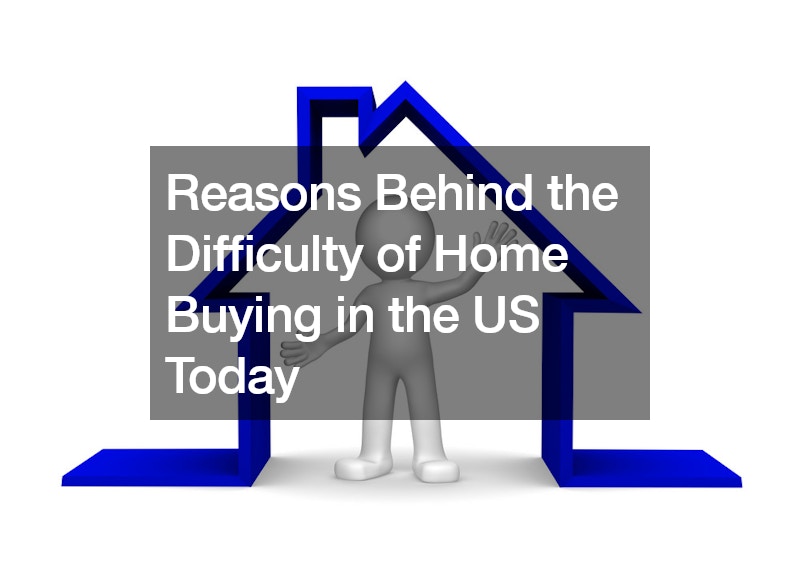
The pursuit of homeownership has long been ingrained in the fabric of the American Dream, serving as a cornerstone of financial stability and personal fulfillment for generations. It symbolizes more than just a place to live; it represents stability, security, and the promise of financial prosperity. However, as we delve deeper into the complexities of the housing market, it becomes evident that the path to realizing this dream is fraught with challenges and obstacles.
The Illusion of Ever-Rising Home Values
One of the foundational beliefs underpinning the allure of homeownership is the expectation that home values will inevitably appreciate over time. However, the reality is far more nuanced.
Historical data reveals a widening gap between median housing prices and household incomes. While home prices have soared, median wages have struggled to keep pace, creating an affordability crisis for many aspiring homeowners.
Barriers to Entry: Zoning Laws and Affordable Housing Shortages
The soaring cost of housing is further exacerbated by a myriad of factors, including restrictive zoning laws and a chronic shortage of affordable housing. These barriers disproportionately impact lower and middle-income individuals, making it increasingly difficult for them to enter the housing market and build wealth through homeownership. As a result, many individuals are turning to apartments for rent as an alternative to traditional homeownership.
Navigating Mortgage Interest Rates
Another critical factor shaping the housing landscape is mortgage interest rates. While long-term trends suggest a decline in average interest rates, recent fluctuations have introduced newfound uncertainty. The COVID-19 pandemic precipitated a surge in home prices, driven by heightened demand and constrained supply. In response, mortgage interest rates began to climb, further inflating the cost of homeownership and exacerbating affordability challenges.
Persistent Inequities: Access to Mortgage Loans
Moreover, disparities in access to mortgage loans persist, particularly for people of color. Discriminatory lending practices perpetuate systemic inequalities, creating a cycle of financial exclusion and marginalization. As a result, the dream of homeownership remains elusive for many minority communities, perpetuating wealth disparities and exacerbating social inequities.
Redefining Financial Security: Beyond Homeownership
Amidst these challenges, it’s imperative to reconsider the conventional wisdom surrounding homeownership as the sole pathway to financial security. While owning a home may offer stability and potential for appreciation, it’s not without its risks and uncertainties. The 2008 housing crisis serves as a poignant reminder of the volatility inherent in real estate markets, highlighting the need for diversified investment strategies.
Exploring Alternative Investment Avenues
Indeed, alternative investment avenues exist beyond traditional homeownership. From stocks and bonds to mutual funds and retirement accounts, there are myriad options available for individuals seeking to build wealth and secure their financial future. While real estate may hold a special place in the American psyche, it’s essential to approach investment decisions pragmatically and with a keen awareness of market dynamics.
The Bottom Line
Decoding the American Dream of homeownership requires a nuanced understanding of the complexities shaping the housing market. By confronting challenges head-on and exploring alternative investment strategies, individuals can forge their path towards financial security and achieve their dreams on their terms.
.




